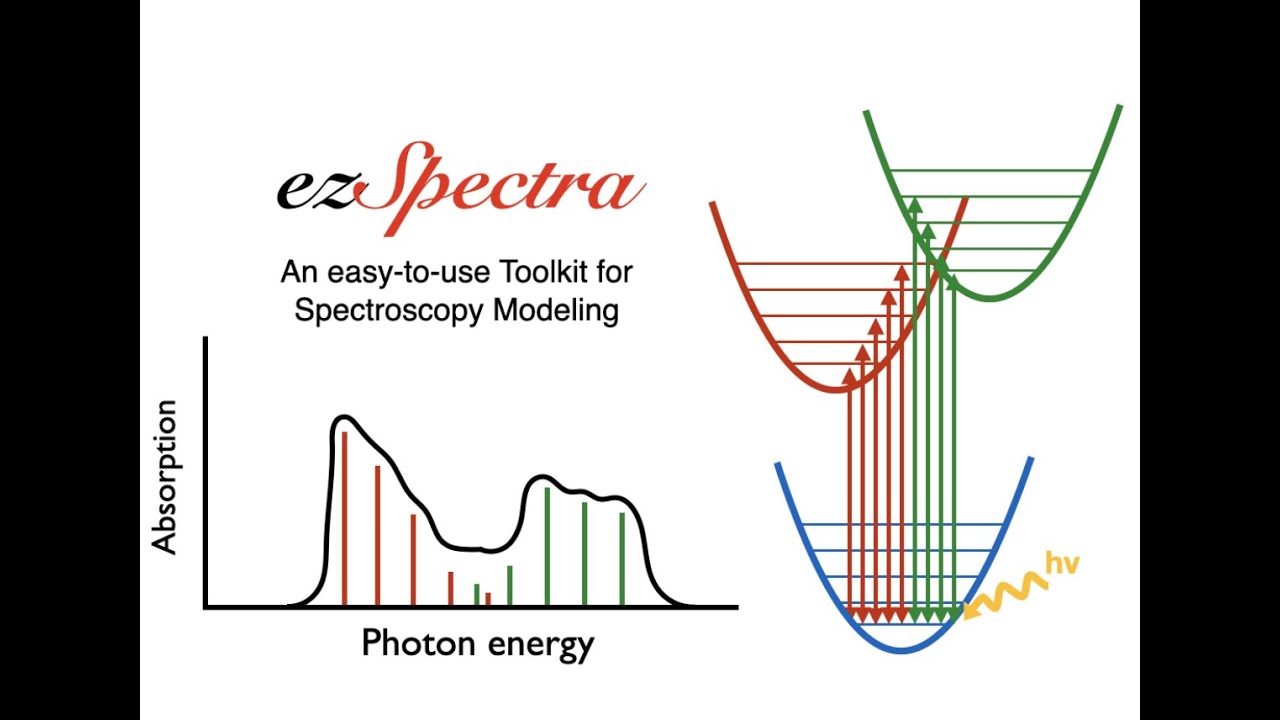ABSTRACT:
A molecule’s spectrum is a unique fingerprint that identifies it and characterizes its molecular and electronic structure. Electronic structure calculations provide key parameters for interpreting these spectra. However, modeling of spectra rarely ends at the electronic structure calculations; it often requires additional steps, which entail combined treatments of electronic and nuclear degrees of freedom and accounting for specifics of the experimental setup (light energy, polarization, averaging over molecular orientations, etc.).
In this webinar, we will introduce ezFCF (formerly ezSpectrum) and ezDyson. Both codes can be downloaded from http://iopenshell.usc.edu/downloads. ezFCF calculates stick excitation or photoelectron/photodetachment spectra for polyatomic molecules within the double–harmonic approximation. ezDyson calculates absolute photodetachment/ photoionization cross-sections, photoelectron angular distributions (PADs), and anisotropy parameters (beta) using Dyson orbitals computed by an ab initio program. The webinar will cover how to use these programs with Q-Chem to simulate UV/vis absorption spectra, photoionization spectra, and photoelectron anisotropies.
